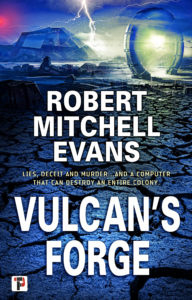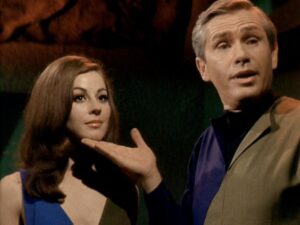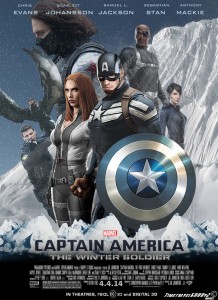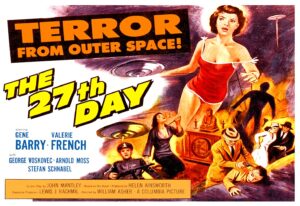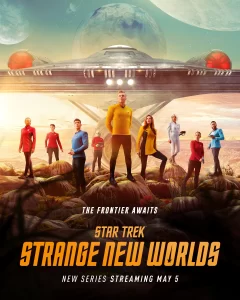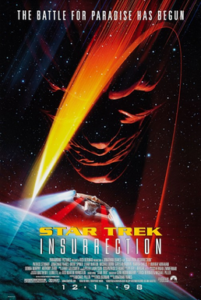.
Amid the myriad hypothetical discussions and debate in science-fiction is the transporter problem.
In Star Trek the transporters work by converting the person to energy, let’s ignore just how freaking much energy would be created by turning tens of kilograms of mass directly to energy, transmitting it to a distant locale and reconverting the energy to mass that precisely recreates the original down to every quantum state of every sub-atomic particle.
There are those that feel a precisely exact duplicate that is indistinguishable from the original is for all practical purposed the original. Conversely there are those that hold the original, destroyed in the conversion process, no longer exists and only a copy now survives. A copy that is perfect in every manner but still a copy.
When it comes to the person transported the debate continues with those that feel even with a continuity of memories and experiences what arrives is a copy. There those that feel that the continuity is the person and any debate about the body being a copy is akin to angels dancing on the head of a pin.
There’s no doubt that a person transported suffers a break in continuity. One moment they are standing on the transporter pad and the next they are on the wind swept plain of an alien planet without any memory or experience connecting the two places. I would imagine it is functionally identical to a person with Dissociative Identity Disorder (D.I.D.) returning from one of their alters to find themselves somewhere they had no memory of.
In the example of a person with D.I.D. we consider the break in consciousness to be a break in the continuity of the personality and person.
The transporter question can even be applied to everyday events and persons without the need for Sci-Fi environments. Each and every night, or day if you live a flipped schedule, you lose all consciousness when you sleep. That portion of you that is aware, creating continuity of memory and events, ceases for hours and when it returns you have no recollection of the intervening time.
Yes, you might remember dreams, if you awoke during them, otherwise they are inaccessible. People dream several times during a long slumber but only recall the last one because it is the longest in duration and the one that they awoke during.
If you, like me, have occasions of ‘sleep walking’ this break in continuity can be even more pronounced. You went to sleep in your bed but awoke in a different place with the same awareness of the experience in between as that hypothetical person on the transporter pad.
Are you the same person in the morning when you awake as you were when you fell asleep? Dos that break in continuity sever the continuum of your self? If all of your memories are the complex interconnections of your synapses, which remained unchanged during the night, but your consciousness is a property possessed only by a fully active brain, are you a new you every morning?

